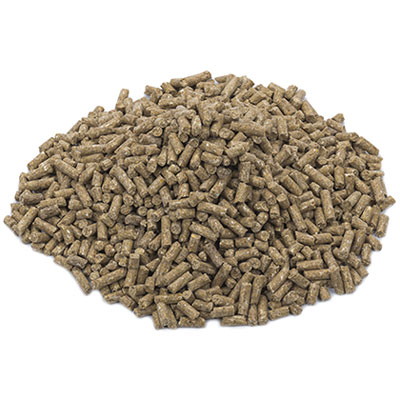Dairy Advice - Spring
The importance of Peak Milk
Improving your herd’s peak milk production levels will go a long way to lift the potential production for the whole season. Find out why nutrition should be your first target.
Some eight to ten weeks after calving is arguably the most important time in a cow’s lactation. Up until then, her milk production will have steadily climbed to reach peak milk.
While the remaining lactation sees the actual volume taper off from this point, the relevance of the peak milk volume remains a defining factor. It is widely regarded as a benchmark indicator for her overall success for the season. In other words: higher peak milk production levels increase the total potential production for the season.
Lifting the peak and the season’s performance
So what’s involved in optimising the early season performance?
First of all, it’s important to consider the underlying physiological challenges: Remember that as the cow approaches peak milk, her body has undergone major changes that have put tremendous stress on her metabolism. After growing a foetus, she is launching into milk production which drives her tremendous energy demands. However, as her rumen is still expanding (while her uterus retracts post-calving) it’s physically impossible for her to consume enough to meet her elevated energy demands.
It’s a textbook case for targeted nutritional support in order to reduce liveweight losses and boost performance.
But to achieve a successful outcome, it’s necessary to adopt a dual objective, with a focus on quantity as well as quality of feed.
Ensuring adequate quantity
Herd feed intakes should aim towards the potential of 4% of liveweight; 18kg DM/cow/day for a typical 450kg LWT. However, this is a ‘down the throat’ target and should allow for utilisation problems, residuals and wastage of any supplementary feeds.
If using supplements, ensuring there is sufficient feeding area (700mm feedpad space per cow), bin space or trolley access will help all animals get their share of pasture and supplements.
For forages and crops, enforcing even feed distribution shouldn’t be overlooked. In terms of pasture it can be addressed by releasing the entire herd at once to ensure all animals graze the pasture evenly (rather than allowing the first cows to eat all the grass). Similarly it pays to look out for heifers or shy cows that may end up being underfed. They easily fall victim to bullies and become too weak to push for their share of the feed. They are particularly susceptible to energy deficits which invariably impacts on lactation and mating performance.
Nothing beats quality of nutrition
- Increased energy density
- Elimination of limiting nutrients

Hi Energy Hi Starch
A fully balanced pellet that provides a range of starches with different break down rates. This makes the starch available in the rumen for longer and creates a more stable and efficient environment. The additional energy from bypass fat doesn’t interfere with rumen function so it’s a safe way to boost dietary energy.

